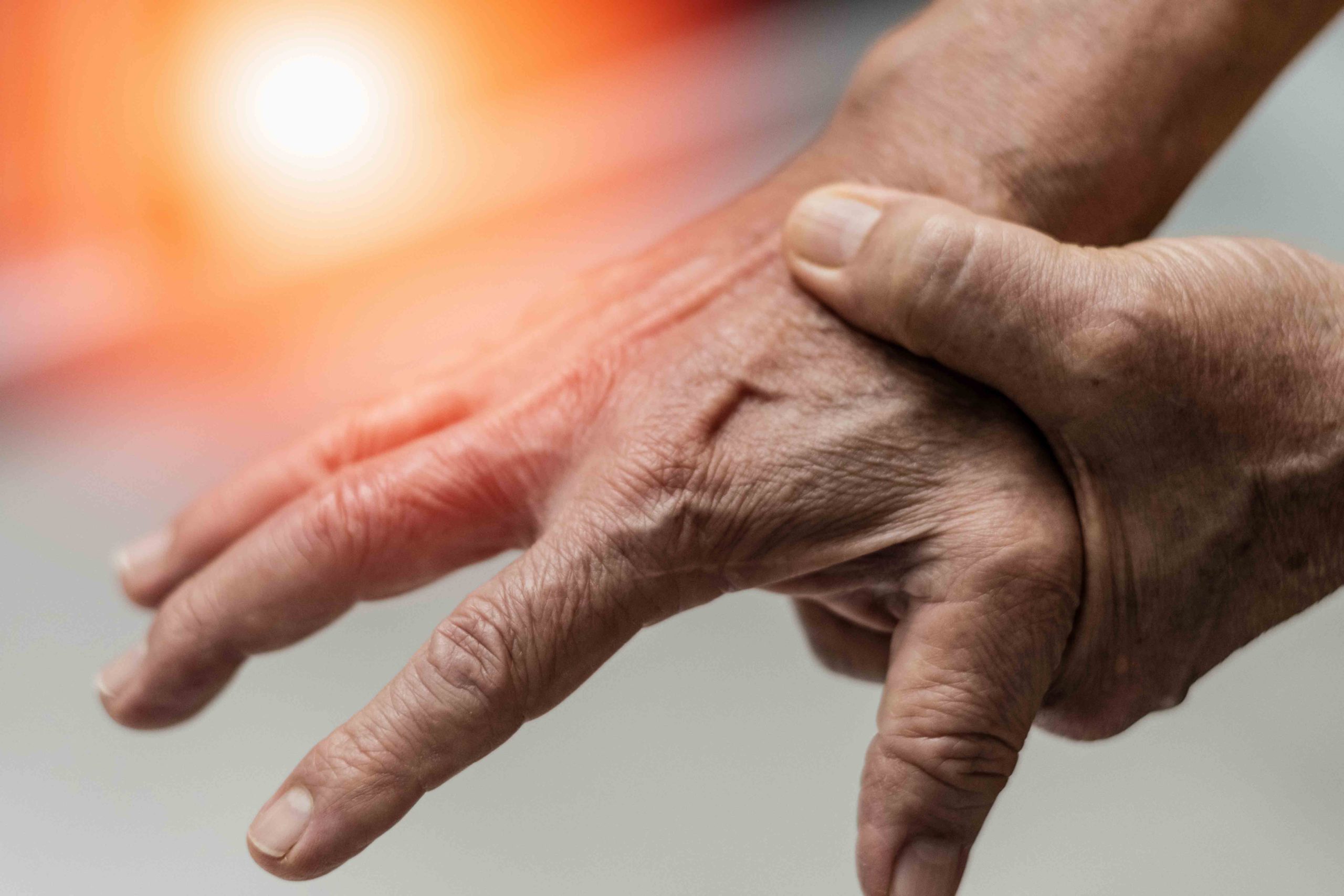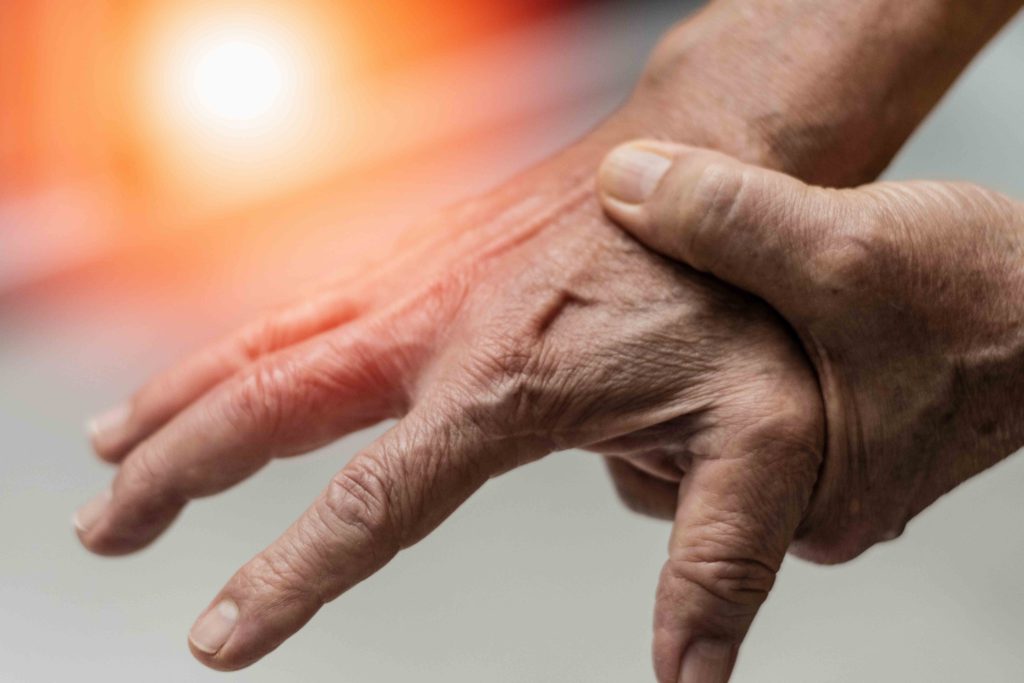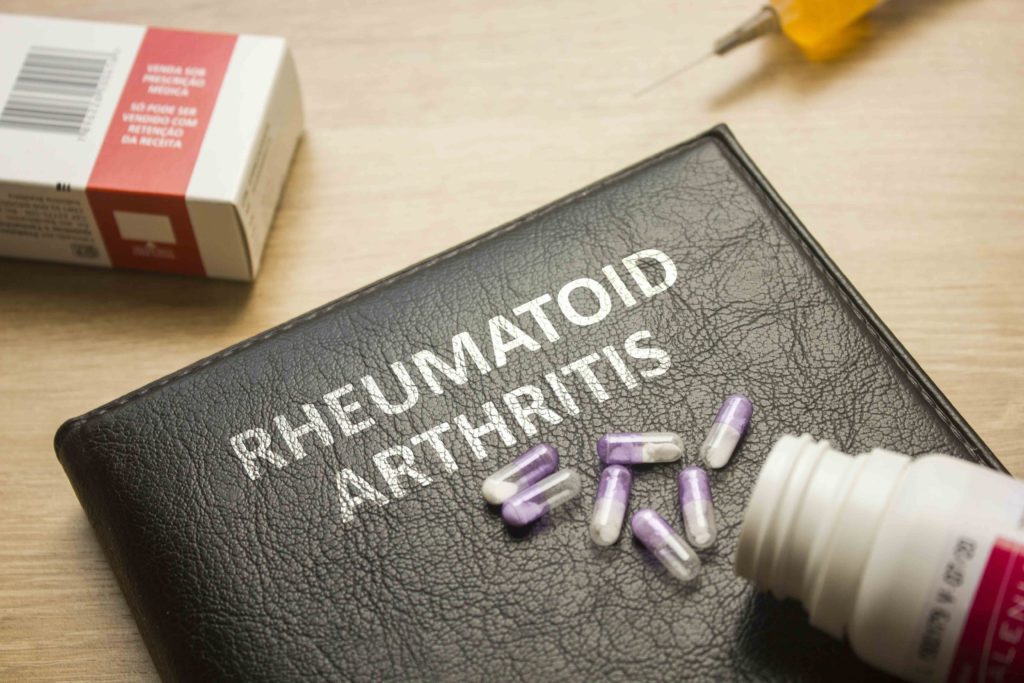
Joints are the meeting points of your bones, and they can allow your body to move in any direction. When these joints are inflamed, there is a good chance it is arthritis. Arthritis can affect any of the joints in your body that provide support to the skeleton. Popular joints include your shoulders, hips, elbows, knees, and hands. It is important to know the early signs and symptoms of arthritis to try to prevent it from getting worse.
Two vital types of joint discomfort are commonly known as:
- Osteoarthritis (OA)
- Rheumatoid Arthritis (RA)
Early Signs and Symptoms of Osteoarthritis
OA is generally noticed after you are 40, often known as the “wear and tear” disease. It advances gradually and will, in general, influence ordinarily utilized joints like the:
- Wrists
- Hands
- Hips
- Knees

Joint torment due to OA results from a breakdown of the ligament that fills in as a pad and safeguard for the joints. Although the damage to your joints cannot be reversed, you can manage the symptoms and prevent further tissue damage, especially if you catch it early.
Discomfort, stiffness, and tenderness of the joints may seem similar. However, these are early signs to catch if you know how to distinguish which is which.
With discomfort, you feel your joints hurting after moving your joints in a certain way. You may even notice swelling after certain activity. If you press down on your joints and apply light pressure, you may feel tenderness. Stiffness occurs when you first wake up or sitting down at a desk all day, which is a sign of early OA.
Other early signs and symptoms are tied together with these, so if you can catch these early on, you are likely to notice others. For example, swelling and stiffness contribute to a reduced range of motion where you cannot fully extend your joints any longer. Your joints may even start creaking as the cartilage is diminished and your bones rub back and forth.
Risk Factors of Osteoarthritis Include:
- Obesity
- Joint Injuries
- Repeated Stress on Joints
- Genetics
- Older Age
- Bone Deformities
- Sex (women are more likely to develop OA)
- Certain Metabolic Diseases (including diabetes)
Early Signs and Symptoms of Rheumatoid Arthritis
The second type of joint inflammation is Rheumatoid Arthritis. RA is a type of inflammatory arthritis and an autoimmune disease. As indicated by the Arthritis Foundation, RA influences about 1.5 million Americans. It more-ordinarily affects ladies than men. It can distort and cripple the joints after some time. RA causes agony, aggravation, and liquid development in the joints as the body’s safe framework assaults the film that lines the joints.
Although there are many early signs and symptoms one can experience, fatigue generally is the first. This feeling is often tied to your body reacting to joint inflammation. This inflammation and fatigue may even cause people to feel feverish and actually have a slight temperature. Tying both of these together (fever and fatigue), loss of appetite usually occurs causing individuals to lose weight.
Early on, stiffness may appear in one of your smaller joints, like your hands. This is followed by joint tenderness either while moving or resting. Although many of the early signs and symptoms are similar to OA, you should see your doctor if you have any of these symptoms to get ahead of the disease.

A variety of other early signs and symptoms you should take note of include:
- Difficulty Sleeping
- Weight Loss
- Loss of Appetite
- Chest Pain while Breathing
- General Weakness
- Hard Bumps of Tissue on your Arms under the Skin
- Eye Discharge
- Dry Mouth
- Itchy, Dry, or Inflamed Eyes
What You Can Do
According to the Arthritis Foundation, for arthritis in general, the top 4 warning signs are as follows:
- General Discomfort
- Swelling
- Stiffness
- Difficulty Moving a Joint
Looking for these 4 warning signs will help your doctor with your diagnosis. Before you even go to your doctor, you should keep track of all of the early signs and symptoms you are experiencing for a few weeks. You should note where you are feeling discomfort, how long and what you do to ease these symptoms. If you have any of the other symptoms mentioned above, you should keep track of those too.
In order to diagnose arthritis, your doctor will first check your range of motion. They can further look into your medical history and have you perform a lab test for your blood work. You can always go to your primary care physician, but rheumatologists do specialize in treating these conditions. Catching it early can prevent further damage in your joints and cartilage.
To stay on top of your arthritis early on, you can also take a joint supplement. As a precaution, you should always confirm with your physician to ensure the ingredients do not interact with any previously prescribed medications. However, an all-natural route is the way to go, especially if you do not want to add another prescribed medicine to your daily routine.
JointFuel360 is a popular joint supplement packed with 100% natural ingredients. It includes the combination of Turmeric and Black Pepper Extract which is a powerful anti-inflammatory when combined together. Not only does it include this combination to reduce inflammation, but it combines Boswellia Serrata, Resveratrol, Type II Collagen, and Hyaluronic Acid. This combination helps set it apart from other supplements. Taking two capsules daily can help you find relief in the symptoms you are feeling early on.
Wrapping Up
The two most common types of arthritis are osteoarthritis and rheumatoid arthritis. Knowing the early signs and symptoms of both of these types of arthritis can help you protect your joints from further damage in the future. Arthritis can come at any age. It is even increasing popularity in children. You should pay attention to the warning signs, mostly being general discomfort, swelling, stiffness, and difficulty moving a joint. If any of this occurs, keep track of it and be sure to inform your doctor.
The post Early Signs and Symptoms of Arthritis appeared first on Joint Fuel 360.